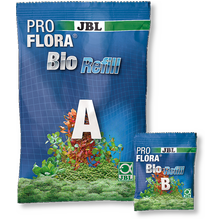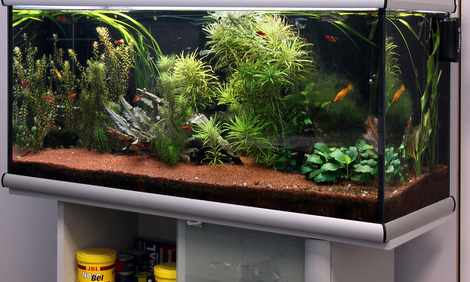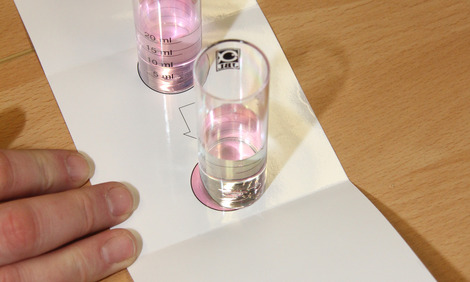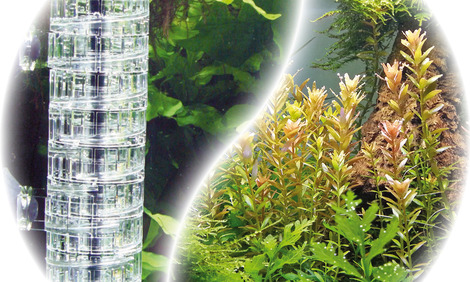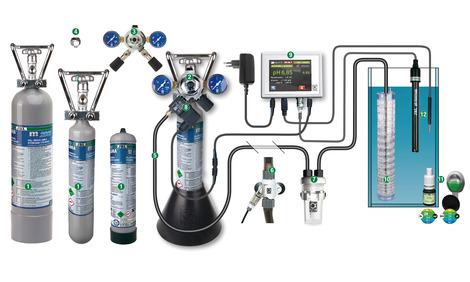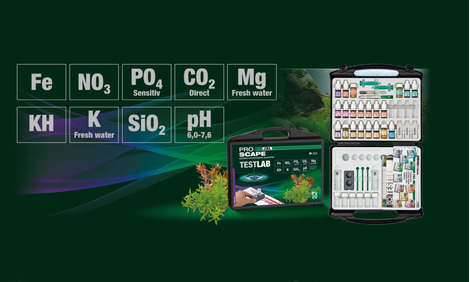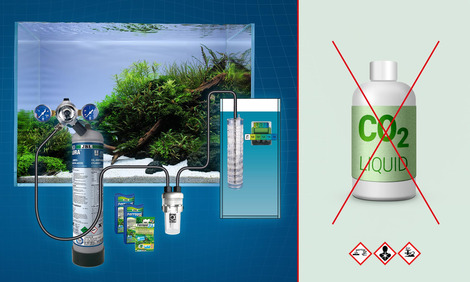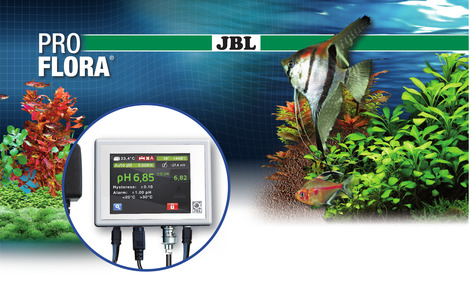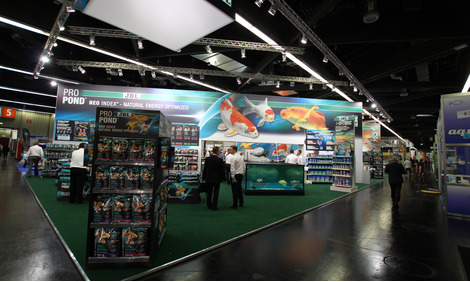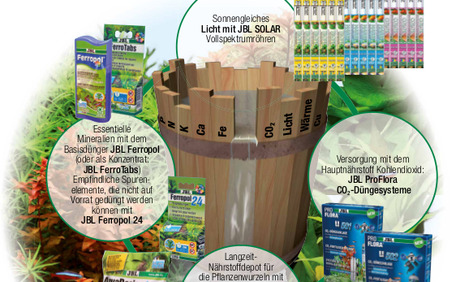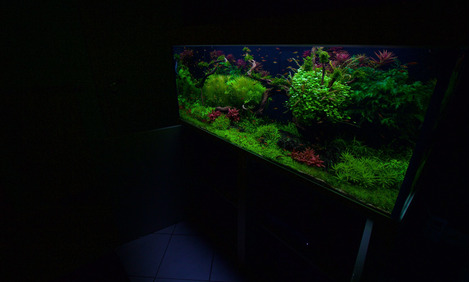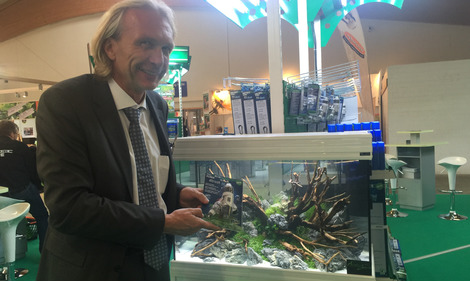Nutrition for aquarium plants
Healthy plants are important in every aquarium. Plants provide the aquarium with vital oxygen for the aquarium inhabitants, prevent algae growth and remove problem-causing substances.
Healthy plants = healthy fish
Healthy plants prevent algae growth, supply oxygen, remove pollutants, offer hiding places and reduce pathogens.
For the plants to flourish the following demands need to be met:
Light as an energy source for the photosynthesis of CO2, nutrients and trace elements to promote growth.
JBL plant fertilisers supply the plants with all their main nutrients and essential trace elements through the water. This way the plants can absorb all the required nutrients they need over the leaves and roots.
JBL PROFLORA BioRefill
Refill set for bio-CO2 systems
PROFLORA CO2 REFILL BIO
- Refill set for bio-CO2 fertiliser systems: supplies 30-80 l aquariums with basic plant nutrient carbon dioxide for 40 days
- Easy to use: fill components A and B into the reaction canister, fill up with water, mix the components
- Natural: CO2 production from biological fermentation process. High yield: supply for 40 days
- Incl.components A and B
- Package contents: refill set for bio-CO2 systems, ProFlora bioRefill
JBL PROFLORA BioRefill
Properties
| Animal species: | Armored catfish, Arowana, Axolotl, Barbels, Bettas, Bichirs/reedfish, Blowfish, Catfish, Cichlids (South America), Clawed frogs, Crayfish, Crustaceans, Danions, Discus, Dwarf crayfish, Dwarf shrimps, Flowerhorn, Gill maggots, Goldfish, Gouramis, Guppy, Juvenile fish, Killifish, Livebearers, Loaches, Mussels, Panchaxes, Rainbowfish, Snails, Spiny eels, Tetra, Veiltails, freshwater butterflyfish |
| Animal size: | For all animal sizes |
| Animal age group: | All aquarium fish |
| Volume habitat: | 30-80 L |
| Material: | Nutrient mixture/yeast |
| Colour: | brown / white |
| Dosage: | see instruction manual |
Electronic label / illuminant
| Mercury: | No |
| Dimmable: | No |
Technical Data
| capacity from - to: | 30-80 |
| capacity in days: | 40 d |
Algae problems in an aquarium can never be traced to just one factor or general condition, and instead, are always the result of a combination of different factors, which include light, fertilization, water changes – specifically, how often and how much – feeding, fish population and, of course, the specific water parameters.
According to analyses that were performed over a course of a number of years, red algae, at least the common brush algae and beard algae, occur in descending order at the following parameters:
1) too little carbon dioxide (in relationship to 100 % of the measured tank); the pH level should be in the slightly acetic range, depending on the carbonate hardness, in every case.
2) elevated phosphate levels (over 90 %); phosphate limitation by means of JBL PhosEx ultra is often helpful here.
3) too little and too irregular fertilization (there should always be traces of iron at least).
4) insufficient water changes; a weekly water change of over 30 % is recommended for algae problems.
5) not enough fast-growing plants.
The point at which the CO2 fermentation begins depends not only on the room temperature (22.5 °C and above is ideal), but also on the temperature in the reaction vessel and the temperature you started with when creating your new fermentation batch (25°C is ideal). Fermentation normally begins latest after 48 h. If CO2 production still hasn’t occurred, as in your case, you could try adding some more microorganisms. As an alternative, you can also add approx. the same amount of dry yeast.
Please bear in mind that the microorganisms are sensitive. They need heat for an optimal start and optimal work.
Fill the reaction vessel with approx. 25 °C warm water after adding component 1. Then add the microorganisms and close the reaction vessel. Shake the vessel vigorously, making sure to seal the opening with your finger. Then place the reaction vessel in the Thermobox (applies to ProFlora bio160). After no later than 48 hours, the reaction should have started.
Reviews
0 Reviews
2 more reviews in other languages
2 Reviews in other languages
Lo usé para renovar mi set de co2 y es muy cómodo de poner en marcha. Lo único que añadiría es que tarda en arrancar un poco más. Sin embargo, el drop checker me da buenos resultados con el nivel del co2 en mi acuario.
Funktioniert wunderbar. Es braucht zwar ein wenig Zeit aber es funktioniert.





